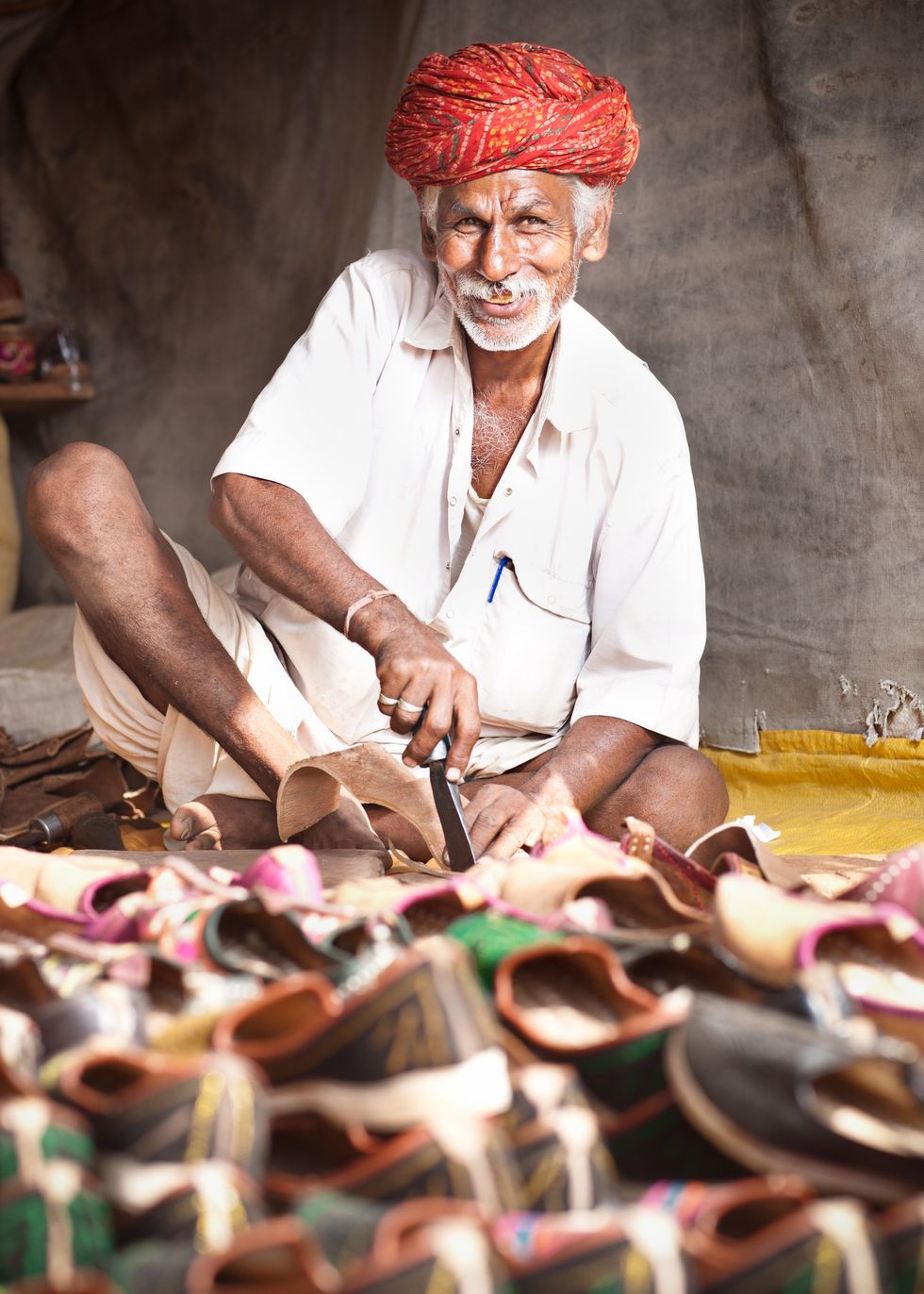BORIS JOHNSON continues to be in intensive care after receiving oxygen support for serious Covid-19 complications, leaving his foreign secretary to lead the government's response to the accelerating outbreak.
Johnson's personal battle with the virus has shaken the British government just as the UK enters what scientists say is likely to be one of the most deadly weeks of the pandemic, which has killed 5,373 people in Britain and 70,000 worldwide.
Johnson, 55, was admitted to St Thomas' Hospital across the River Thames from the House of Commons late on Sunday after suffering persistent coronavirus symptoms, including a high temperature and a cough, for more than 10 days.
His condition rapidly deteriorated over the next 24 hours, and he was moved to an intensive care unit, where the most serious cases are treated.
Although he had received oxygen, the PM's office said on Monday (6) he was still conscious and was moved to intensive care in case he needed to be put on a ventilator.
"He's not on a ventilator, no," Cabinet Office Minister Michael Gove told LBC radio on Tuesday (7). "The prime minister has received some oxygen support and he is kept under, of course, close supervision."
"The prime minister is in intensive care, being looked after by his medical team, receiving the very, very best care from the team at St Thomas'."
He said Foreign Secretary Dominic Raab will run the country, and any decision on lifting lockdown restrictions won't be delayed, adding that "the person who will make the final decision is... the foreign secretary."
"The person who is running the country, following the plan that the prime minister has set out, is Dominic Raab, the foreign secretary," Gove told ITV.
Subsequently, the channel reported that Gove was self isolating as a member of his family had been displaying Covid-19 symptoms.
Johnson is the first leader of a major power to be hospitalised for the new coronavirus.
While Britain has no formal succession plan should a prime minister become incapacitated, Johnson had asked Foreign Secretary Dominic Raab to depute for him "where necessary", Downing Street said..
Raab entered Downing Street on Tuesday to chair the government's Covid-19 emergency response meeting.
Earlier on Monday, Johnson had said he was in good spirits and Raab had told a news conference that the prime minister was still running the government, although Raab also said he had not spoken to him directly since Saturday.
Raab takes the helm at a pivotal time. The official death toll in the United Kingdom currently stands at 5,373, and last week the health minister said the deadliest peak for deaths was projected to be Easter Sunday, April 12.
The United Kingdom is in a state of virtual lockdown, a situation due to be reviewed early next week, and some ministers have suggested it might need to be extended because some people were flouting the strict rules.
BUSINESS WILL CONTINUE
Johnson's move to intensive care added to the sense of upheaval that the coronavirus crisis has wrought after its spread caused widespread panic, sowed chaos through financial markets and prompted the virtual shutdown of the global economy.
"The government's business will continue," a sombre Raab, 46, told reporters.
"The focus of the government will continue to be on making sure that the prime minister's direction, all the plans for making sure that we can defeat coronavirus and can pull the country through this challenge, will be taken forward."
There have also been calls for ministers to detail what the exit plans were from the shutdown, which has hammered the world's fifth-biggest economy after the government ordered restaurants, bars, and nearly all shops to close and told people to stay at home to curb the spread of the virus. Johnson tested positive for the virus on March 26.
After 10 days of isolation in an apartment at Downing Street, he was admitted to hospital. He was last seen in a video message posted on Twitter on Friday when he looked weary.
Downing Street said repeatedly on Monday that Johnson remained in charge and was reading documents, but the move to intensive care revealed the gravity of his condition.
James Gill, a doctor and a clinical lecturer at Warwick Medical School, said the news of Johnson's admission to intensive care was "worrying" but not completely out of line with other people suffering complications.
"So far we have seen a deterioration in line with other cases of COVID-19 infections," he said. "Admission to ITU is worrying news, (but) this is not all together uncommon with this disease, and may be looked at from a positive that the PM is getting the very best care that the NHS has to offer."
President Donald Trump said all Americans were praying for Johnson's recovery.
"He's been really something very special - strong, resolute, doesn't quit, doesn't give up," Trump told a news briefing, adding he had asked two pharmaceutical firms developing potential Covid-19 therapies to get in touch with the British government to offer their services.
Prime Minister Narendra Modi on Monday hoped that his British counterpart finds himself in perfect health soon.
"Hang in there, Prime Minister @BorisJohnson! Hope to see you out of hospital and in perfect health very soon," he wrote on Twitter.
Johnson, who is not a smoker, said recently that he wanted to lose weight. He plays tennis and while mayor of London used to cycle around the capital.
Johnson's pregnant 32-year-old fiancée, Carrie Symonds, also had symptoms but said on Saturday she was feeling better.

















 Shefali Jariwala death raises concern over anti ageing drugs and self medication Instagram/shefalijariwala
Shefali Jariwala death raises concern over anti ageing drugs and self medication Instagram/shefalijariwala  Anti ageing pills found at Shefali Jariwala home spark health safety debate Instagram/shefalijariwala
Anti ageing pills found at Shefali Jariwala home spark health safety debate Instagram/shefalijariwala 
 Prada confirms Kolhapuri chappals inspired its 2026 Milan collectionInstagram/
Prada confirms Kolhapuri chappals inspired its 2026 Milan collectionInstagram/ Kolhapuri chappals have been crafted for centuries and received GI tag in 2019 iStock
Kolhapuri chappals have been crafted for centuries and received GI tag in 2019 iStock